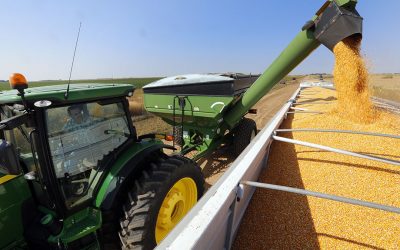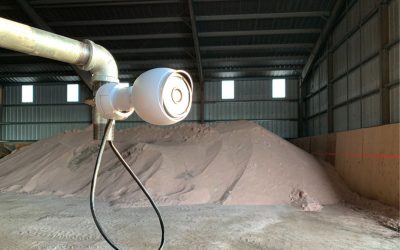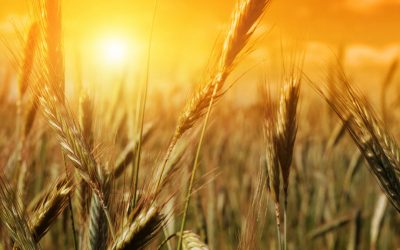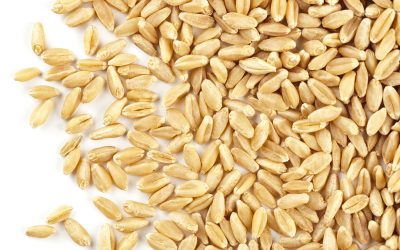Feed additives needed to prevent acidosis
Good quality grain is not enough to prevent acidosis or grain poisoning in livestock. Additives or buffers are also needed according to a report by the independent Australian farm research organisation, the Kondinin Group.
disadvantages of various types of additives, such as drenches, injections, rumen
capsules, dry licks, liquid supplements, pellets and water additives. Depending
on the grain used, it could be necessary to add buffers such as limestone, salt,
sodium bentonite or sodium bicarbonate to the feed mix, according to the
report.
Cost-effectiveness
Kondinin Group livestock
researcher Mrs Pamela Lawson said “Livestock producers spend millions of dollars
annually on additives, but how many farmers know if they are really work
necessary and cost-effective. The convenience of feeding livestock ready-made
supplements and additives compared with grain alone, and gaining similar
production results, has helped producers maintain healthy, more productive
animals, but there is a cost involved. Trial results showed it was necessary for
grain fed animals to receive additives or buffers at least twice a week.
Limestone
Mrs Lawson added that cattle producers needed to add
ground limestone at 1-1.5% of grain to redress calcium deficiencies balance the
high phosphorous content of the grain and help prevent acidosis. Limestone can
be added up to 3% for the first week or two, to initially limit grain
intake.
Related website:
Kondinin Group
Join 26,000+ subscribers
Subscribe to our newsletter to stay updated about all the need-to-know content in the feed sector, three times a week. Beheer
Beheer









 WP Admin
WP Admin  Bewerk bericht
Bewerk bericht